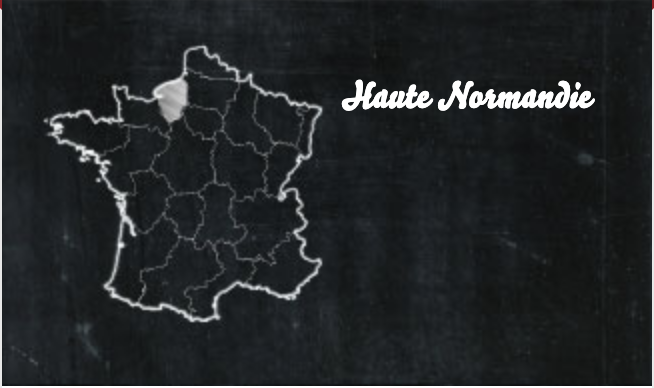“Princesse daignez me souffrir
Puisque je doys vous offrir
Icy que je vous représente
Le pont-l’évêque en raccourci
S’il vient d’une terre plaisante
Il est délicieux aussi.”
(Princess if you would be so kind, to let me give you this cheese of mine; in short, Pont l’Évêque is from a pretty place and it also has a delicious taste.) Hélie le Cordier, 1662. And in fact, secular traditions and tender care have made Pont l’Évêque one of the greatest French cheeses.
– AOC since 1972.
– Soft washed-rind cheese.
– 45% minimum fat content.
– Square- or rectangular-shaped, in various sizes.
– Usually weighing between 180 g and 400 g, it may weigh up to 1.5 kg.
– This homogeneous cheese is covered with a golden-yellow-to-orange rind.
– Production: 3,400 tonnes.
Pont l’Évêque cheese is tender and soft, ranking it amongst the finest cheeses there are.
Full-bodied red wines like Pomerol or Volnay, or even a bottle of dry cider, highlight its flavours perfectly.
First rennet is added to the milk, then the curd is stirred and moulded. After it is removed from the mould and salted comes the essential ageing step, which lasts at least five weeks. After two weeks in a cool, damp drying room, it is packaged and then continues to age for three weeks.
No fewer than three litres of milk are required to make a single, 360-g block of Pont l’Évêque!
Until the 1950s, the square moulds used to make Pont l’Évêque were made of wood.
Pont l’Évêque and its wealth of names. Pont l’Évêque is regularly mentioned under various names. The most famous, “angelot”, comes from “Le Roman de la Rose” (Romance of the Rose), a poem by Jehan de Meung and Guillaume de Lorris written around 1236. It is also known as “angelon” and “augelot”. It was not until the 17th century that it would take its final name, that of a small town in the Pays d’Auge.
Its birthplace is the Pays d’Auge region, more precisely the small city of Pont-l’Évêque, between Lisieux and Deauville, in the verdant Vallée de la Touques.
The AOC production area for this cheese, defined in 1972, is spread over five departments in Normandy and the department of Mayenne.
